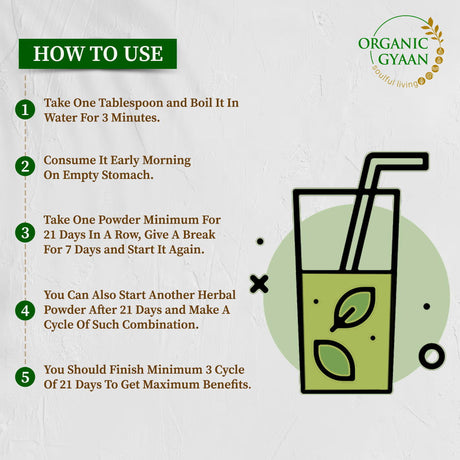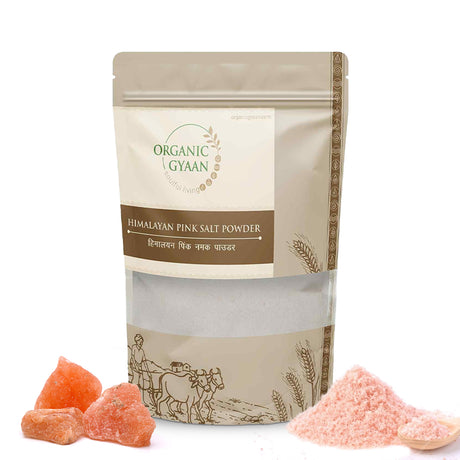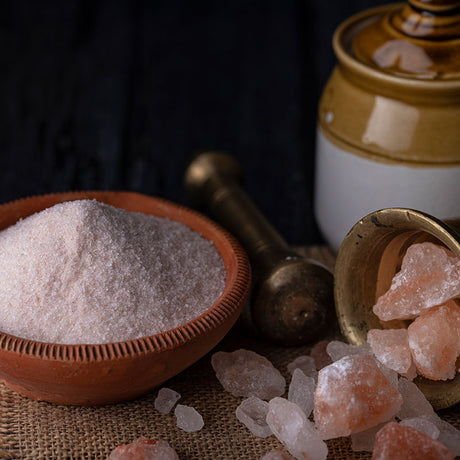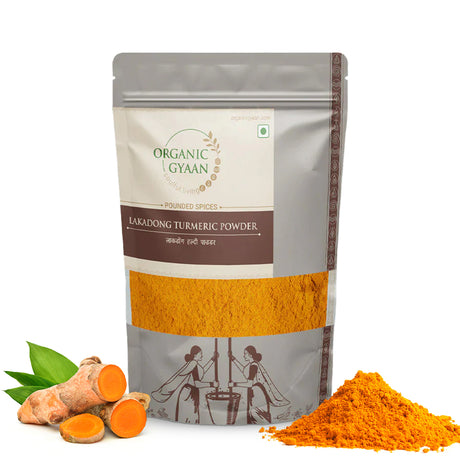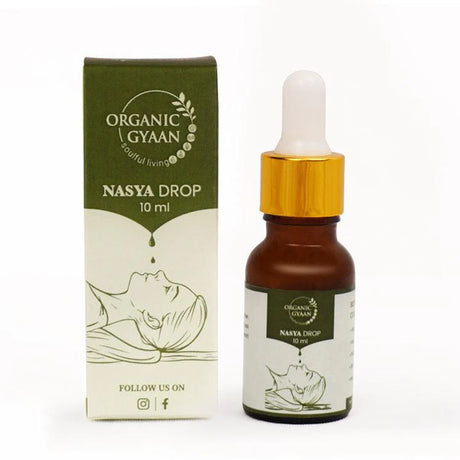Did you know that 1 in 3 adults worldwide has prediabetes, and many don’t even know it? Prediabetes can lead to type 2 diabetes if it’s not addressed. But here’s the good news: prediabetes can be reversed with the right changes to your lifestyle.
By making small but consistent efforts, you can take back control of your health. This guide will share simple, practical tips that can help you reverse prediabetes and prevent diabetes from taking hold.
1. Diet and Portion Control: Balance Your Meals
Balancing your meals is one of the easiest ways to manage prediabetes. Here’s a simple way to portion your plate:
-
50% of Fiber: Fresh salads and non-starchy vegetables like spinach, broccoli, carrots, cucumbers, and tomatoes. These are low in calories and rich in fiber, which keeps blood sugar steady.
-
25% of Carbs: Healthy carbs like whole grains (brown rice, red rice, or black rice) or millets (foxtail, proso, barnyard, browntop, and kodo millet). These carbs provide energy without causing sugar spikes.
- 25% of Protein: Plant-based proteins like lentils, chickpeas, tofu, paneer, and beans. These proteins keep you full and help with muscle health.
Eating in this way can help reduce insulin resistance while keeping you satisfied.
2. Replace Refined Sugar with Healthy Alternatives
Refined sugar causes blood sugar spikes and worsens insulin resistance. Swap it with healthier alternatives such as:
- Stevia Powder: Stevia Powder is a natural, zero-calorie sweetener made from the Stevia plant. It doesn’t raise blood sugar levels, making it ideal for diabetics and weight management. Its intense sweetness means only a small amount is needed, and it can be used in drinks, desserts, and baking.
- Date Sugar: Date sugar is made from dried dates and retains the fruit’s nutrients and fiber. It provides natural sweetness along with minerals like potassium and magnesium. The fiber slows sugar absorption, making it a healthier alternative to refined sugar when used in moderation.
With these substitutes, you can enjoy sweet treats and drinks without harming your blood sugar.
3. Include Millets and Low-Glycemic Whole Grain Rice in Your Diet
-
Millet Grains: Millets are excellent for managing prediabetes because they have a low glycemic index and are packed with nutrients. Include options like foxtail millet, proso millet, barnyard millet, browntop millet, and kodo millet in your diet.
- Whole Grain Rice: Brown Rice, Red Rice, and Black Rice are considered whole grains because they retain the bran and germ, which are rich in fiber, vitamins, and minerals.These types release sugar into the bloodstream more slowly, helping to maintain steady blood sugar levels and keep you full longer.
4. Exercise Regularly for Better Insulin Sensitivity
Physical activity helps your body use insulin more effectively. Aim for 30 minutes of moderate exercise, like walking, cycling, or yoga, at least five times a week.
Adding strength training twice a week can improve muscle mass and boost insulin sensitivity. Regular exercise also helps with weight loss and supports overall health.
5. Prioritize Sleep and Manage Stress
Poor sleep and high stress can increase insulin resistance. Make it a priority to get 7-8 hours of quality sleep each night.
Stress management techniques like deep breathing, meditation, or journaling can help reduce cortisol levels and improve how your body manages blood sugar.
6. Try Intermittent Fasting (if Suitable)
Intermittent fasting can help regulate blood sugar and insulin levels. The 16:8 method, where you eat within an 8-hour window and fast for 16 hours, is a popular option.
However, it’s important to check with your doctor to ensure this approach works for your health needs.
7. Stay Hydrated and Choose Healthy Drinks
Staying hydrated supports your overall health and helps regulate blood sugar. Drink plenty of water, herbal teas, or water infused with lemon or mint.
Avoid sugary drinks, limit caffeine, and cut back on alcohol to prevent sudden spikes or drops in blood sugar levels.
8. Add Fiber-Rich Foods to Your Diet
Fiber slows down sugar absorption and supports gut health. Include fiber-rich foods like vegetables, legumes, seeds, and whole grains in your meals.
Try adding chia seeds or flax seeds to smoothies, salads, or yogurt to increase your daily fiber intake to 25-30 grams.
9. Regular Blood Sugar Monitoring
Keeping an eye on your blood sugar levels is a good first step toward reversing prediabetes. It helps you understand how your body reacts to different foods and activities.
Use a home glucometer to check your fasting blood sugar levels—the ideal range is between 70-99 mg/dL.
Monitoring regularly allows you to see what works and make adjustments to your habits over time.
10. Build a Sustainable Routine and Track Your Progress
Consistency is the key to reversing pre- diabetes. Create a meal plan and exercise routine that fits your lifestyle.
Use regular health checkups to track your progress and celebrate small wins to stay motivated. Sustainable, long-term habits make a bigger difference than quick fixes.
Conclusion
Reversing prediabetes is possible with thoughtful changes to your diet, activity levels, and overall lifestyle. These tips can help you take charge of your health and reduce your risk of developing type 2 diabetes. Start small and stay consistent—your future self will thank you!
If you found this guide helpful, share it with others who might benefit. Let’s work together to spread awareness and promote healthier living for everyone.





